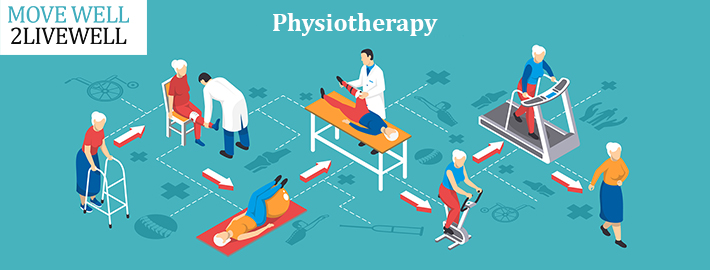Choosing the right walker can significantly impact your mobility and quality of life, whether you’re recovering from an injury, dealing with a chronic condition, or simply seeking extra support for stability.
With numerous options available on the market, it’s essential to understand the key features that can help you select the most suitable walker NZ for your needs. Here’s a comprehensive guide to help you make an informed decision.
- Type of Walker
Walkers come in various types, each designed for different needs:
- Standard Walkers: These are basic, four-legged devices without wheels. They provide maximum stability but require lifting with each step.
- Two-Wheeled Walkers: These have wheels on the front legs, making it easier to move forward without lifting the walker.
- Four-Wheeled Walkers (Rollators): Equipped with wheels on all four legs, rollators offer greater mobility and often come with additional features such as a seat and storage basket.
- Hemi Walkers: Designed for individuals with one-sided weakness, hemi walkers have one side open and provide stability with a broader base.
- Adjustable Height
Proper height adjustment is crucial for comfort and effectiveness. Look for walkers with adjustable legs or handles to ensure the walker can be set at the right height for your body. The ideal walker height allows you to stand upright with your arms comfortably bent while holding the handles. This prevents strain on your shoulders and back.
- Weight Capacity
Ensure the walker NZ you choose can support your weight. Walkers come with different weight capacities, typically ranging from 250 to 500 pounds. It’s essential to select a walker that can safely accommodate your weight to avoid any potential safety issues.
- Handle Grips
The handle grips on a walker should be comfortable and easy to grip. Look for walkers with ergonomic handles or padded grips to reduce hand fatigue and improve control. Non-slip materials are also beneficial for preventing accidents, especially if you have conditions that affect your grip strength.
- Mobility and Manoeuvrability
Consider how easily the walker can be manoeuvred. Four-wheeled walkers with swivel wheels offer greater mobility and are suitable for indoor and outdoor use. Check for features like smooth-rolling wheels and easy-to-use brakes. If you plan to use the walker primarily indoors, a smaller, more compact model might be preferable for navigating tight spaces.
- Seat and Storage
If you require a walker for longer periods or plan to use it for extended walks, a model with a seat can be highly beneficial. Many four-wheeled walkers come with built-in seats, which provide a convenient resting option. Additionally, look for walkers with storage baskets or pouches for carrying personal items, such as a water bottle or medications.
- Brakes
For safety, ensure the walker you choose has reliable brakes. Walkers with locking brakes allow you to stabilise the walker while sitting or performing tasks. Some models come with adjustable brakes that can be set to your preference for added control.
- Foldability and Portability
If you need a walker that’s easy to transport, consider a foldable model. Many walkers, particularly rollators, can be folded for easy storage and transport. This feature is particularly useful if you frequently travel or need to store the walker in a small space.
- Durability and Build Quality
The build quality of a walker impacts its longevity and safety. Look for walkers made from durable materials like aluminium or steel. Ensure that the walker feels sturdy and well-constructed to handle daily use. Check for any warranties or guarantees provided by the manufacturer, as these can indicate the quality and reliability of the walker.
- Additional Features
Some walkers come with additional features that can enhance your experience. These may include:
- Adjustable backrests: For added comfort while sitting.
- Cup holders: To carry beverages conveniently.
- Reflectors or lights: For better visibility in low-light conditions.
Final Words
Choosing the right walker NZ involves evaluating various features to find one that best meets your specific needs. Consider the type of walker, adjustable height, weight capacity, handle grips, mobility, and additional features to make an informed decision.
By taking the time to assess these aspects, you can select a walker that enhances your mobility, safety, and overall quality of life. If in doubt, consult with a healthcare professional to ensure that the walker you choose is the best fit for your individual requirements.




